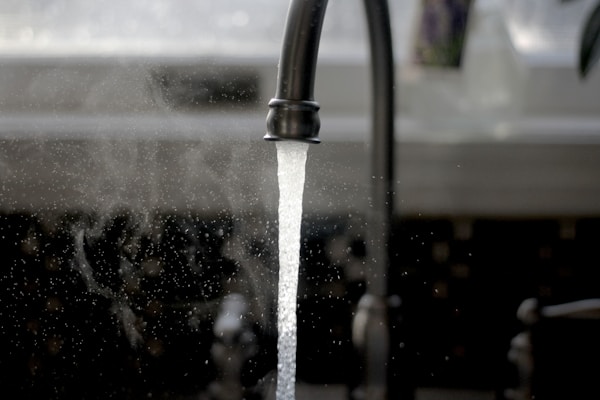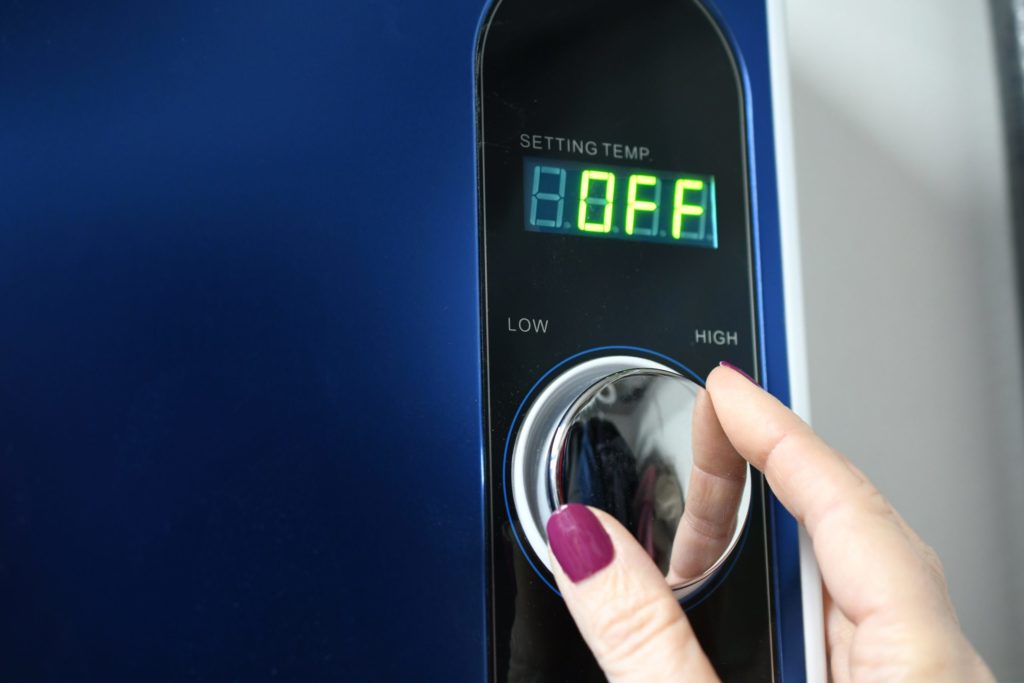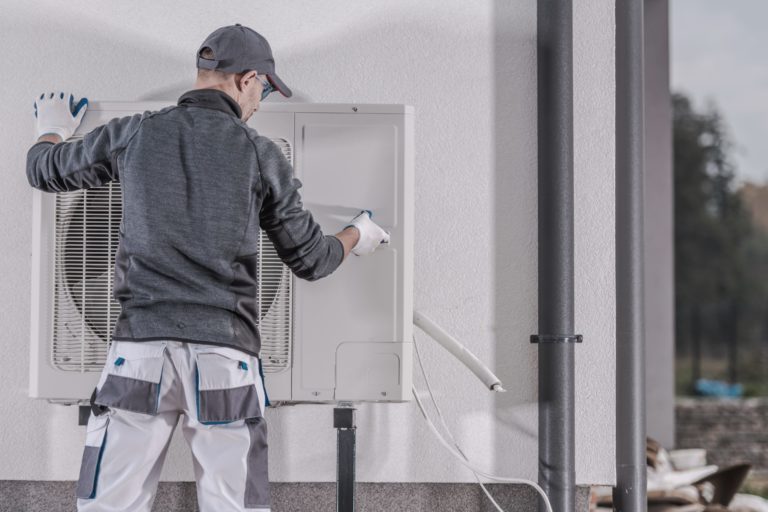If you’re considering a tankless water heater, you’ve come to the right place. This brief tankless water heat guide will teach you everything you need to know about these types of water heaters, including how they work and the benefits they offer. Keep reading to learn more about tankless water heaters!
Introduction to Tankless Water Heaters

Tankless water heaters, also known as instantaneous or on-demand hot water systems, provide hot water only when it is needed. Because they don’t use a tank to store hot water as traditional water heaters do, they are more energy-efficient and can save you a lot of money on your utility bills.
There are three main types of tankless water heaters: gas-fired, electric, and propane.
Gas-fired tankless water heaters are the most popular type. They’re more expensive to buy than electric ones, but they’re more energy-efficient and can produce more hot water.
Electric models are less expensive to buy than gas-fired models, but they’re not as energy-efficient and can’t produce as much hot water.
Propane tankless water heaters are the most expensive to buy, but they’re the most energy-efficient of all three types and can produce the largest quantity of hot water.
Tankless water heaters come in two main styles: wall-mounted and floor-standing. Wall-mounted models are smaller and take up less space than floor-standing models. Floor-standing models usually have a larger capacity than wall-mounted models and are better suited for households with multiple people who need hot showers simultaneously.
Installing a Tankless Water Heater

If you’re thinking about installing a tankless water heater in your home, there are a few things to keep in mind. First, you’ll need to make sure you have proper ventilation for the unit; most gas models require a vent system. Second, you’ll need to size the unit appropriately for your needs; if it’s too small, it won’t be able to meet your demands for hot water, but if it’s too large, it will be inefficient and might not fit in your available space. Finally, you’ll need to factor in the cost of installation; electric units are generally cheaper to install than gas ones, but the latter is becoming increasingly affordable.
How a Tankless Water Heater Works
Tankless water heaters provide on-demand hot water. They work by activating when a hot water faucet is turned on and sending heated water through the pipes to the faucet. This eliminates the need to store heated water in a tank, which can save energy. Tankless water heaters come in two types: gas and electric. Gas tankless water heaters are more common and typically cheaper to install, but they require venting. Electric tankless heaters are more expensive to install but don’t require venting and can be used with solar power systems.
Operating and Maintaining a Tankless Water Heater
Once installed, using one of these contraptions is pretty simple—just turn on the faucet and enjoy hot water! That said, it’s important to keep your system properly maintained in order to ensure efficient operation and avoid costly repairs down the road. Most manufacturers recommend annual maintenance checks by a qualified technician.
The Benefits of Tankless Water Heating
Tankless water heaters are a great option for those looking to save on their energy bills. They don’t use any storage tanks, so you don’t have to worry about running out of hot water. Instead, the water is heated as it passes through the unit. They can be a great choice for smaller homes or apartments, as you don’t have to worry about buying a model that’s too large for your needs.
Tankless water heaters are versatile because they come in both indoor and outdoor models. Indoor models are perfect for homes with limited space, while outdoor models are best suited for colder climates where an extra layer of insulation is necessary.
Overall, tankless water heaters are convenient and a more efficient and environmentally-friendly option than traditional water heaters. Best of all, you can’t run out of hot water even if someone takes a long shower.





